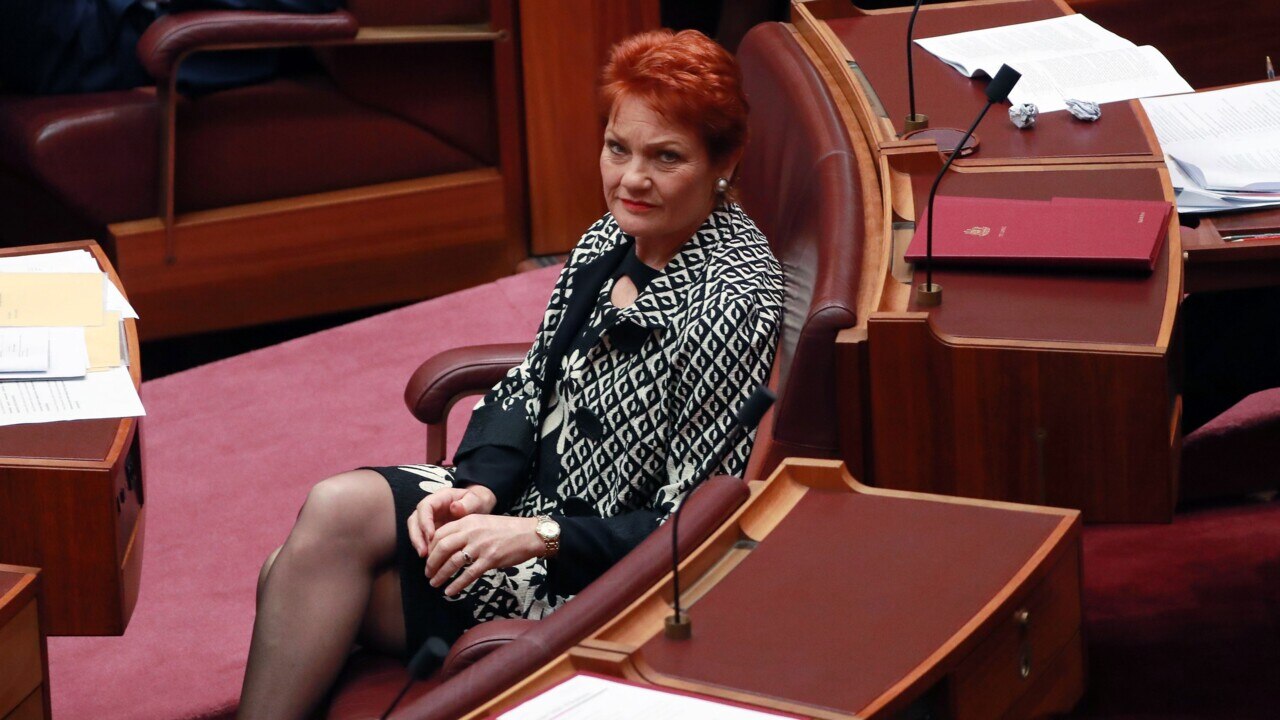JobMaker Hiring Credit: What it means for Australian businesses and workers
From how it works, to who is eligible and how to apply for it, here’s what you need to know about the JobMaker Hiring Credit scheme that has passed through parliament.

Coronavirus
Don't miss out on the headlines from Coronavirus. Followed categories will be added to My News.
With the nation’s most recent unemployment rate nearing 7 per cent, the Federal Government is eager to see Australians return to the workforce.
Enter the JobMaker Hiring Credit: the government’s latest move to help businesses and create jobs.
The program will also replace the JobKeeper wage subsidy scheme which is scheduled to end in March next year.
Here’s what you need to know:
WHAT IS THE JOBMAKER HIRING CREDIT AND HOW DOES IT WORK?
The JobMaker Hiring Credit is the Federal Government’s latest bid to get Australians back into the workforce following significant job losses as a result of the COVID-19 pandemic.
Specifically, it aims to encourage employers to take on more younger workers.
If a business hires someone between the ages of 16 and 29 years old who has been receiving JobSeeker, Youth Allowance (Other) or the Parenting Payment, the government will pay them $200 a week.
If the worker is between the ages of 30 and 35, the government will pay $100 a week.

A business must also demonstrate that they have created an “additional job”.
In order for the job to be regarded as additional, there must be an increase in:
- The business’ total employee headcount (minimum of one additional employee) from the reference date of 30 September 2020; and
• The payroll of the business for the reporting period, as compared to the three months to 30 September 2020.
The amount of the hiring credit claim cannot exceed the amount of the increase in payroll for the reporting period.
You can find out more here.
WHEN DOES THE SCHEME BEGIN AND HOW WILL IT BE PAID?
Businesses will need to claim the JobMaker Hiring Credit quarterly in arrears by reporting their eligibility to the Australian Taxation Office (ATO). They can begin doing so from February 1, 2021.
New jobs created from October 7, until October 6, 2021, will attract the credit for up to 12 months from the date the new position is created.
The subsidy will be paid to the business, not the worker — who will only be paid for the hours they have worked.
More information will on the ATO’s website in due course.

HOW MANY JOBS WILL IT CREATE?
The Federal Government expects the scheme to generate around 450,000 positions.
However, given the scheme’s focus on younger workers, there have been some fears jobless older Australians might find it more difficult to re-enter the workforce.
While the Senate originally passed amendments
Senate crossbenchers initially voted in favour of amendments put forward by Labor to prevent employers from sacking or reducing the hours of employers aged over 35, but One Nation then backflipped on their initial support and the changes were shot down when the bill returned to the upper house.
ARE THERE BUSINESSES WHICH ARE INELIGIBLE FOR JOBMAKER?
Government agencies, sovereign entities and companies claiming the JobKeeper payment are not eligible for JobMaker.
HOW MUCH WILL THE PROGRAM COST?
The Federal Government forecast in its budget that the JobMaker Hiring Credit scheme would cost $4 billion.
